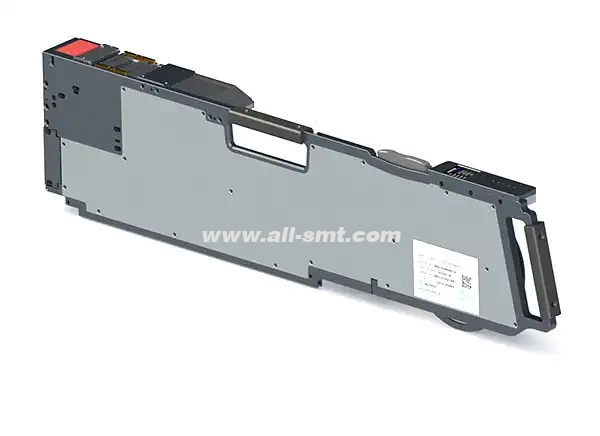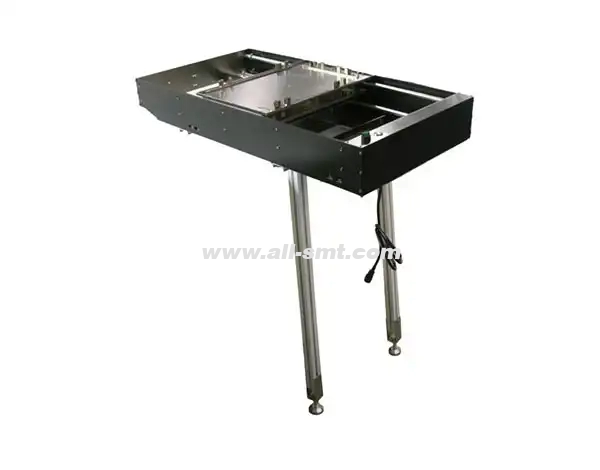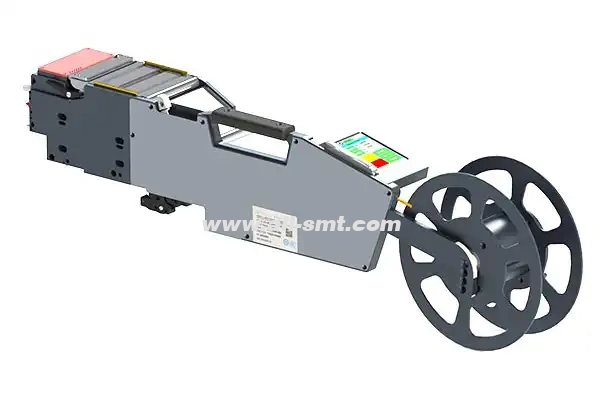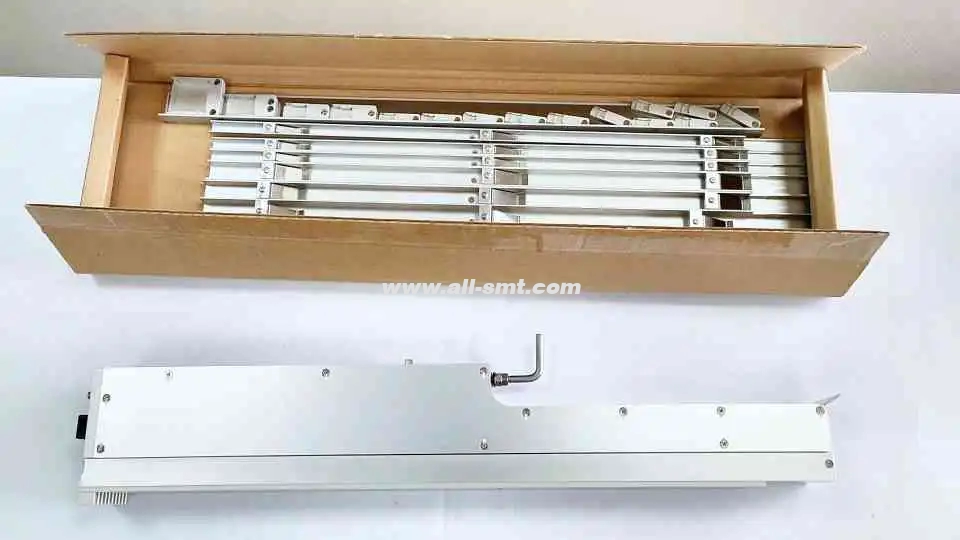The Surface Mount Technology (SMT) process is fundamental in modern electronics manufacturing, ensuring the precision assembly of components onto printed circuit boards (PCBs). At the heart of an efficient SMT line is the feeder—a critical component that automatically supplies surface mount devices (SMDs) to the pick-and-place machine. Among the various feeders in the market, Hitachi SMT feeders are renowned for their precision, reliability, and innovation.
In this article, we will explore the functionality, features, and key aspects of the Hitachi SMT feeder manual, providing manufacturers with a comprehensive understanding of how to use, maintain, and troubleshoot these feeders to optimize production lines.
What is an SMT Feeder?
An SMT feeder is a device used in automated manufacturing systems to load SMD components, such as resistors, capacitors, and integrated circuits (ICs), onto a pick-and-place machine. The accuracy and speed with which components are fed to the machine directly impact the overall productivity and quality of the assembly process.
The Hitachi SMT feeder is a vital part of the SMT line, offering enhanced feeding accuracy, durability, and user-friendly operation. Hitachi feeders are designed to handle a variety of component types, from small chip components to larger packages, and they are built to handle high-speed production without sacrificing precision.
Features of Hitachi SMT Feeders
1. High Precision and Accuracy
Hitachi SMT feeders are engineered for high precision. The feeders use advanced technology, such as precise stepper motors and feedback systems, to ensure that each component is accurately fed into the pick-and-place machine. This minimizes errors in component placement, reduces waste, and improves overall assembly quality.
2. Versatility and Compatibility
Hitachi offers a wide range of SMT feeders compatible with various types of SMDs, such as tape-and-reel, tube-fed, and tray-fed components. This versatility ensures that manufacturers can streamline their production lines to handle different components without requiring multiple feeder types, saving both time and cost in the process.
3. Robust Design for High-Speed Production
The durability of Hitachi SMT feeders ensures they can withstand the high-speed demands of modern manufacturing. With heavy-duty components and long-lasting parts, these feeders are designed to operate smoothly over extended periods without frequent maintenance, making them ideal for high-volume production lines.
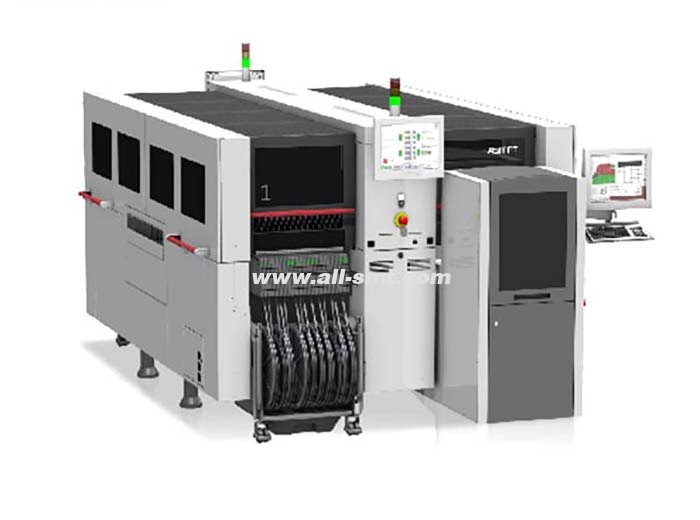
4. User-Friendly Interface
Hitachi SMT feeders are designed with the operator in mind. Featuring a simple and intuitive interface, the feeders are easy to set up and operate. The feeders can be quickly adjusted to handle different component sizes and packaging types, allowing operators to make swift changes between jobs and maximize production uptime.
A Closer Look at the Hitachi SMT Feeder Manual
The Hitachi SMT feeder manual serves as a vital resource for operators, maintenance staff, and engineers working with these feeders. It provides in-depth instructions on installation, operation, maintenance, and troubleshooting. Below, we will break down the key sections of the manual and explain how to use them effectively.
1. Installation Instructions
The installation process for Hitachi SMT feeders is straightforward, but proper setup is essential to ensure accurate component feeding and prevent damage to the feeder or the pick-and-place machine. The manual outlines the following steps for installation:
• Step 1: Position the feeder on the correct mounting rail or tray, ensuring it aligns properly with the SMT machine.
• Step 2: Connect the electrical and mechanical components, making sure all cables and connectors are secure.
• Step 3: Calibrate the feeder using the setup tool or software. This ensures that the feeder operates within the correct tolerances.
• Step 4: Load the component reels or tubes, following the guidelines for each component type.
The manual also provides instructions on how to connect the feeder to the system’s software for automatic configuration, ensuring optimal settings for the feeding process.
2. Operating Instructions
Once installed, operating the Hitachi SMT feeder is a relatively simple process. The manual provides a clear set of instructions for different operating modes, including:
• Loading Components: Instructions on how to load various components into the feeder, from tape-and-reel to tube-fed parts.
• Adjusting Feed Settings: Guidance on adjusting the feeder’s settings to accommodate different component sizes and tape pitches.
• Starting the Feeding Process: How to start the feeder and synchronize it with the pick-and-place machine to ensure smooth component delivery.
• Component Alignment and Positioning: Tips on ensuring proper alignment for accurate component placement.
By following the operational instructions, users can quickly learn how to manage feeder settings, load components, and ensure optimal performance throughout the production process.
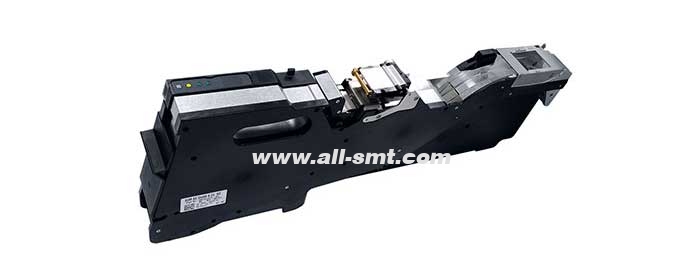
3. Maintenance and Cleaning Guidelines
Regular maintenance is essential for ensuring the longevity and optimal performance of the Hitachi SMT feeder. The manual includes a section dedicated to routine maintenance and cleaning procedures, which include:
• Daily Cleaning: Wipe down the feeder to remove any dust or debris that could interfere with its operation. The manual emphasizes the importance of cleaning the component area and ensuring no obstruction in the component feed path.
• Lubrication: Periodic lubrication of moving parts is necessary to reduce friction and prevent wear and tear. The manual specifies the types of lubricants to use and how often lubrication should be applied.
• Replacing Wear Parts: Over time, parts such as belts, motors, and sensors may degrade. The manual provides instructions on how to replace these components, as well as a list of recommended spare parts.
• Calibration: Regular calibration ensures that the feeder is functioning within the correct tolerances. The manual explains how to perform a calibration check and adjust settings as needed to maintain accurate component feeding.
4. Troubleshooting and Error Resolution
Like any piece of machinery, SMT feeders may experience issues during operation. The Hitachi SMT feeder manual includes a comprehensive troubleshooting section that addresses common problems, such as:
• Feeder Jams: If a component becomes jammed in the feeder, the manual provides step-by-step instructions for clearing the jam without damaging the equipment.
• Component Misalignment: Guidance on how to realign the components to prevent misfeeds.
• Motor and Sensor Failures: Instructions for diagnosing and replacing faulty motors or sensors.
• Communication Issues: Solutions for resolving communication problems between the feeder and the pick-and-place machine.
The manual’s troubleshooting guide helps operators resolve issues quickly, minimizing downtime and ensuring that the production line continues to run smoothly.
Maximizing Efficiency with Hitachi SMT Feeders
To fully benefit from the capabilities of the Hitachi SMT feeder, it’s essential to ensure that the equipment is properly maintained, calibrated, and operated. By following the guidelines in the manual, manufacturers can optimize their SMT assembly lines, increase production throughput, and maintain high-quality standards.
Additionally, regular training of operators and technicians on the feeder’s operation and maintenance can improve overall efficiency and reduce the likelihood of errors or downtime.
The Hitachi SMT feeder manual is an indispensable resource for anyone working with Hitachi feeders in an SMT environment. It offers detailed instructions for installation, operation, maintenance, and troubleshooting, ensuring that manufacturers can optimize their production lines and reduce the likelihood of downtime or component defects.
By understanding the capabilities of the Hitachi SMT feeder and following the manual’s guidelines, manufacturers can achieve greater precision, reliability, and efficiency, ultimately leading to better product quality and higher production rates.


